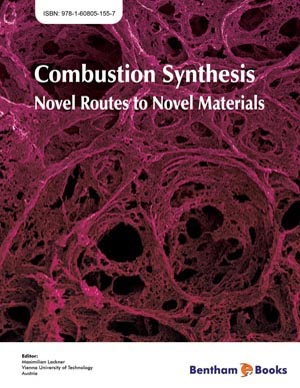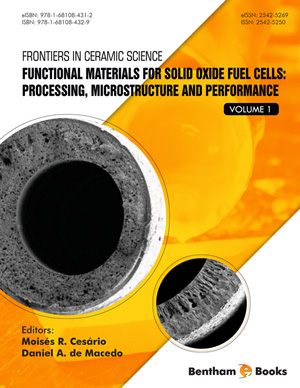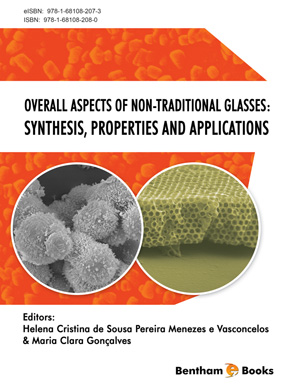Abstract
In this chapter, an introduction to combustion synthesis is provided in the first part. Starting with the definition of a combustion process, the characteristics of combustion synthesis, i.e. a redox reaction for the production of inorganic, solid materials, are explained. Combustion synthesis was first used in prehistoric times to produce carbon black for cave paintings, and has further been developed to an advantageous technique for a wide variety of materials. Combustion synthesis processes are classified by the state of matter of the educts, being gaseous, liquid or solid.
Combustion synthesis in the gas phase, also known as „ flame synthesis“, can be used to produce non-agglomerated nanoparticles and carbon nanotubes (CNT).
In the combustion synthesis in the solid phase, also known as „ gasless combustion“ or “solid flame”, one can distinguish between self-propagating combustion synthesis (self-propagating high-temperature synthesis, SHS) and volume combustion synthesis (VCS). In the prominent SHS mode, combustion travels through the reaction mixture. VCS is also termed “simultaneous combustion” mode or “thermal explosion”.
Combustion synthesis in the liquid phase can be carried out as solution combustion synthesis (SCS) from metal salts in aqueous solution in combination with organic fuels. Molecular mixing ensures excellent product homogeneity, also for multi-component mixtures.
In general, synthesis can start from the elements, or from compounds. The most common type of combustion synthesis is the thermite-type reaction (Goldschmidt process), vis. the reduction of an ore using a metal such as Mg or Al.
More than 700 compounds have been produced using combustion synthesis. Combustion synthesis is carried out in simple reactors rather than furnaces. This chapter also lists typical products and their applications. General advantages of combustion synthesis over traditional techniques are presented.
In the second part of this chapter, all chapters of this E-book are briefly outlined.







